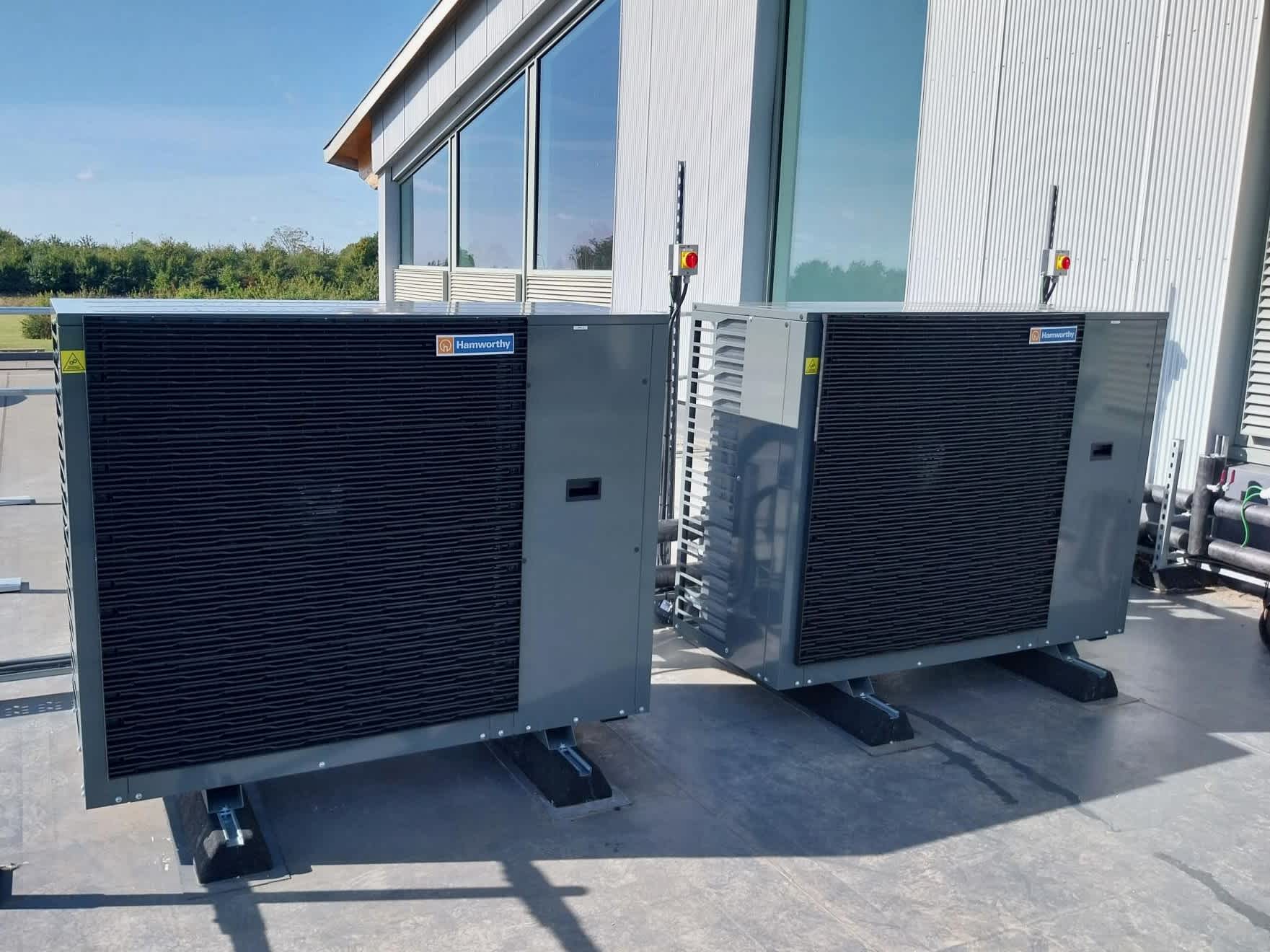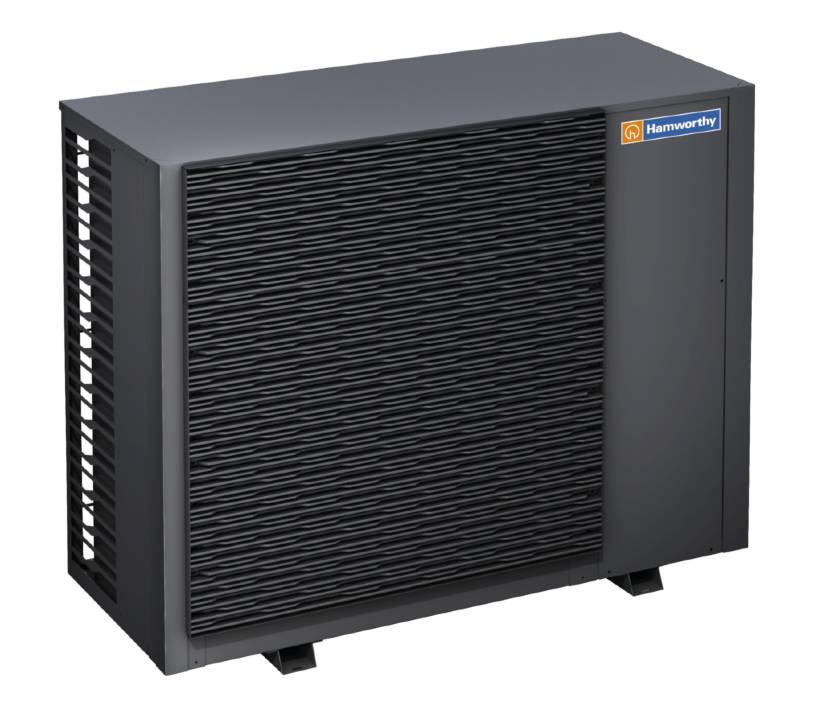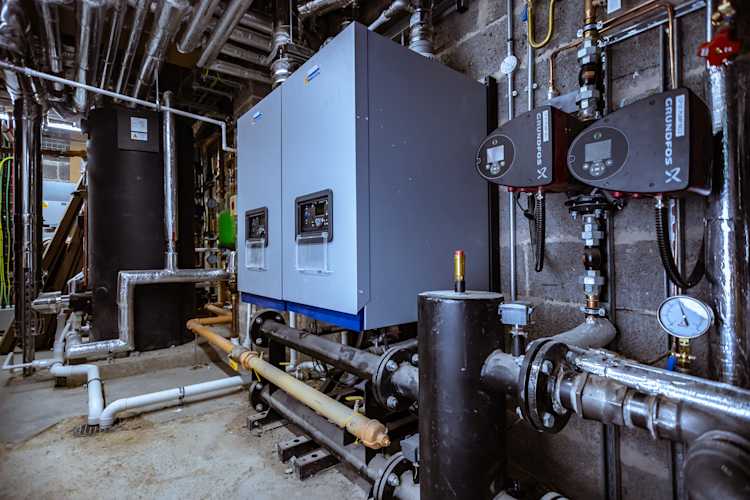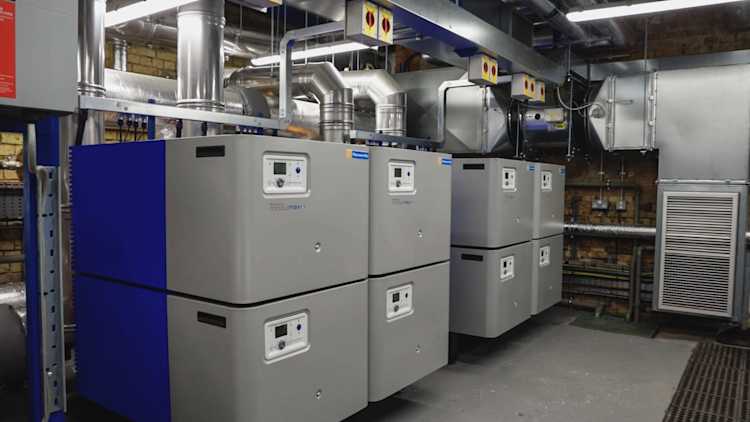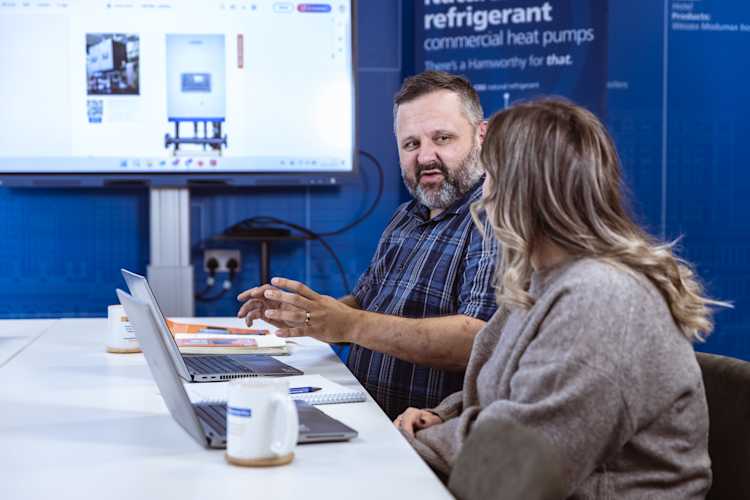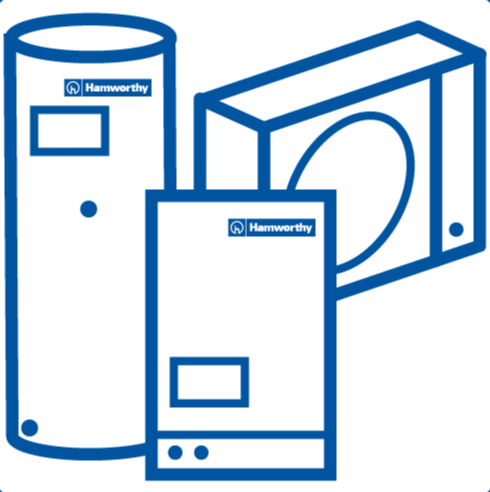The evolution of cast iron boilers
When were the first cast iron heat exchangers used?
Cast iron has long been the choice of material for the manufacture of boilers, dating back to the late 19th century where the first coal fired cast iron boilers were produced. In the UK at this time there were many foundries that could cheaply and easily make the large components required.
Cast iron was also chosen for its tolerance to sulphurous flue gases – a by-product released as a result of burning coal which has high sulphur content.
In 1956, when the clean air act was introduced, we saw the move from solid fuel to town gas and oils and with that the arrival of steel as a viable material for boiler heat exchangers. Once natural gas became readily available this opened the door to all types of metals and more refined manufacturing processes. Today we see boilers manufactured in a range of metals from steel, stainless steel and aluminium, to copper and cast iron.
Comparing old and new cast iron boilers
How was cast iron heat exchanger design improved?
The efficiency of cast iron boilers has greatly improved over the last 40 years. Cast iron is a proven material that has stood the test of time, demonstrating its reliability. Over the years cast iron heat exchangers have of course been continuously improved and refined, pushing the boundaries of the casting process whilst still benefitting from the properties of a robust, rugged metal that does not readily corrode.
Historically, cast iron heat exchangers have been constructed using sectional designs that remain in use today. Early designs used sections that stood vertically, like a sliced loaf of bread, with the system return entering at the bottom of the rear section. Flow throughout the sectional assemblies was not always even and some boilers relied on the use of flow distribution tubes to help direct flow to the front sections of the heat exchanger.
In the late 1960’s Hamworthy introduced a heat exchanger design using horizontal sections stacked one above the other. System return water entered the bottom section and flowed towards the front where it would rise into the section above and flow towards the back, again rising into the next section above. Using this series flow arrangement resulted in a naturally balanced flow path throughout the boiler. Hamworthy have continued to refine this design through the evolution of boiler models such as UR and Purewell Classic and now the Purewell VariHeat boiler range – our most efficient cast iron boiler.
What's special about our Purewell VariHeat?
The robust cast iron heat exchanger in the Purewell VariHeat boiler makes it very tolerant of old heating systems. The design also allows for simple replacement of a single section, if required. If access to the plant room is restricted, the boiler and heat exchanger can be quickly dismantled into manageable sections and reassembled in situ.
The high outputs of Purewell VariHeat from a relatively small heat exchanger is the result of investment in casting technology allowing high density well defined fins to maximise heat transfer to the water. The waterways in a cast iron heat exchanger are larger than typical lightweight wall-mounted boilers making it more tolerant of demanding system conditions often found in existing heating systems. Watch the video below to hear from our customers why they like using our cast iron condensing boilers.
